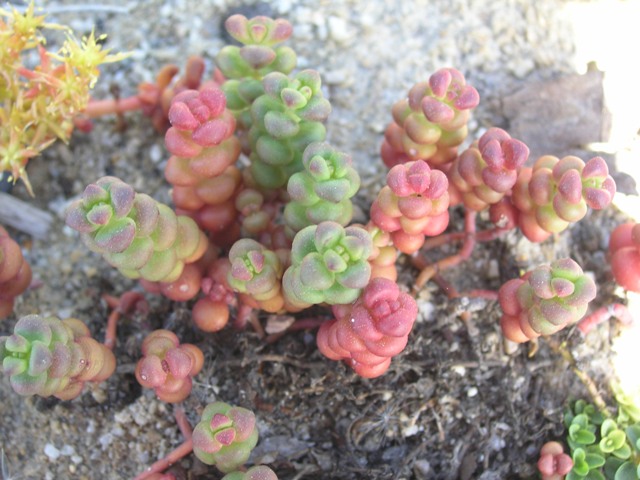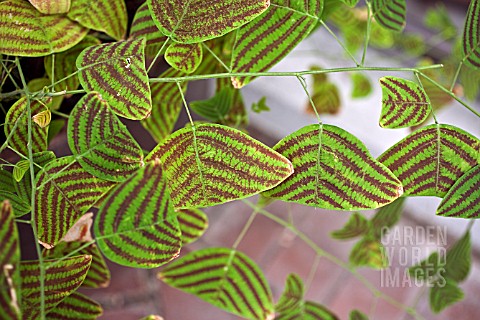Rebutia seems so be a good genus for fast growing cacti. They're all pretty small, stay in a cute, globular form, and lots of them clump! Even better, they're known for producing plenty of seed.
Rebutia narvaecensis
Rebutia narvaecensis is one of my favorites that I've seen, mainly because I love light pink cactus flowers. I'm not very girly usually, but this color really gets me sometimes. Anyway though! DG puts it at Zones 9b - 11, full sun to light shade, and CAUTION... it might be kind of pointy. Almost reminds me of the warning label on watermelon I saw recently: "Caution, may contain the occasional seed."
Rebutia heliosa 'Sunrise'
This Rebutia means business. Looks like it would be fantastic for people who want a prolific cactus. I can only imagine what separating the pups would be like though... Same stats as Rebutia narvaecensis which is part of what makes this genus an awesome (and frequently sold) houseplant. It can take light shade and be okay! Of course, not all Rebutia sp. are the same since the genus is a mish-mash of other, obsolete genera which you can learn more about here.
Cylindropuntia bigelovii or the Teddy Bear Cholla
There comes a point where plants can become a bit infamous for how well they spread, and the Teddy Bear Cholla is definitely one of them. If an animal or person happens to brush up against this Cholla, even just barely, a segment will break off and stick to them. Even just stepping on the ground beside one will cause them to drop down from above. What's the worst part? The spines are barbed, making your best option to clip of the spines and use pliers to pull them out later. As a result, Teddy Bear Cholla spread into forests pretty easily. They can be anywhere from 1'-5' tall and sometimes desert rodents will grab bits of the plant and put it outside of their dens to protect them. DG puts this cactus at Zones 8b - 11 which makes sense, as it lives in California, Arizona, Nevada, and a bit of Mexico.
I've always joked about throwing cactus bits at people who I don't like. I take it back... here are some videos that describe Teddy Bear better than I can possibly hope to.
And with these, I'm stopping here. I would post more but... I think I've lost my appetite for cacti for today. Ouch!!


















.jpg)








